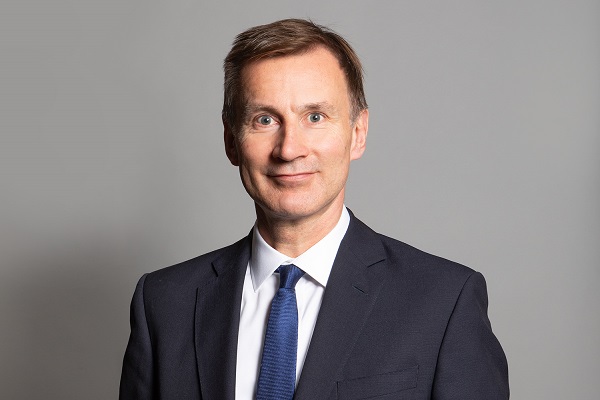Chancellor Jeremy Hunt has announced a reduction in the national insurance rate. This change lowers the rate from 10% to 8%.
This adjustment is expected to benefit both employees and the self-employed, resulting in annual savings of up to £451 for employees and £350 for the self-employed. The new rates will be effective from April 5.
The Chancellor’s decision to reduce the national insurance contribution is primarily aimed at alleviating the financial burden on working individuals. This shift is set to increase disposable income, potentially boosting consumer spending. Such changes reflect the government’s strategic effort to stimulate economic activity amidst ongoing challenges. Additionally, the reduction aligns with earlier announcements, marking a consistent fiscal strategy.
Short-haul flights see minimal rate changes, but premium fares on such routes will increase. The rise in APD is viewed by industry leaders as a potential impediment to growth, particularly in the leisure and business travel sectors. The increase in APD is positioned as a necessary measure within the budgetary framework.
To encourage business investments, the ‘full expensing’ scheme will be extended. This scheme, beneficial for businesses leasing assets such as aircraft, allows for reduced tax liabilities. The extension is expected to aid businesses in optimising operational costs.
Alongside, the non-domicile tax regime will be abolished, replaced by a new system from April 2025. This change addresses long-standing calls for tax reform and is part of broader efforts to enhance economic equity.
Stakeholders are encouraged by these positive adjustments, which suggest resilience in the UK economy. However, challenges remain, necessitating continued vigilance and adaptive strategies.
The Budget has sparked varied reactions from different sectors, reflecting diverse interests and priorities. The political discourse surrounding these measures underscores the complex nature of economic policymaking.
While the reduction in national insurance is welcomed by many, increased APD rates present challenges for the travel sector. The economic outlook remains cautiously optimistic.
The comprehensive set of measures introduced in the Budget reflects a complex balancing act. It aims to stimulate growth while addressing fiscal challenges.
As these changes unfold, their impact on different sectors will become clearer, requiring ongoing assessment and adjustment. The economic landscape continues to evolve.

